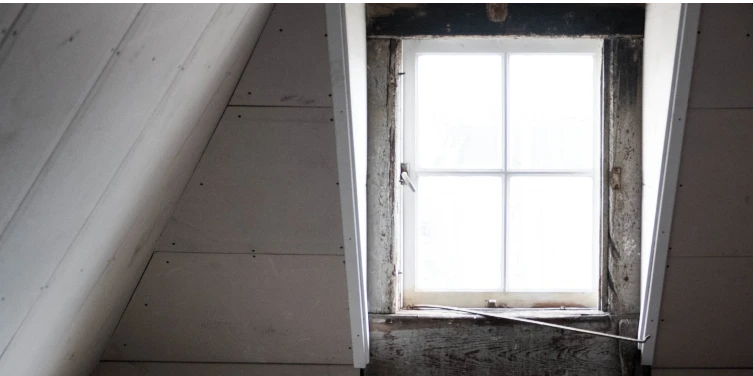
Is your attic properly outfitted? If you’re like the majority of Americans, your attic is out of sight, out of mind. However, overlooking or neglecting the attic space in your home could cause a host of comfort and efficiency issues during those dog days of summer…
Is your attic sabotaging your cooling efforts?
Insulation
Without adequate insulation levels and thorough insulation coverage in your home’s attic, air conditioning can escape into it from your home below. In addition, heat can infiltrate your home from the roof down, causing your living space to heat up and your HVAC system to work overtime. Is your home properly protected against AC sabotaging cooling loss and heat gain from an improperly insulated attic?
Attic ventilation
Attic ventilation plays an important role in controlling moisture levels in your home, as well as a major role in keeping it cool. Carefully selected and properly installed attic ventilation allows air exchange that is key to controlling these issues. Are you allowing your attic to breathe with the right combination of ridge, soffit, or gable vents for your home? Even if you do have adequate ventilation, you may want to consider kicking it up a notch and help take the strain off your AC with the help of added mechanical ventilation:
- HRVs
Heat recovery ventilators can control temperatures and reduce cooling costs by exchanging hot indoor air for cooler outdoor air (and vice versa in the winter). - Whole house
Whole house ventilation can reduce your AC needs by using ductwork to exchange hot indoor air with cooler outdoor air. - Positive input
Pushing fresh air into your home, positive input ventilation forces stale air out through exfiltration (natural leakage). - Unconditioned attic space
Is your attic part of the air conditioned space in your home? In the typical home, you can make this distinction by noting the location of insulation. Spray foam insulation overhead typically indicates a conditioned space, while insulation underfoot indicates an unconditioned attic area. If your attic is not conditioned and cool and your home’s ductwork runs through it, extra precautions are necessary to protect your cooling efforts and expenses. Ensure the complete sealing of ductwork to prevent your cooling dollars from leaking away into attic space. Properly insulating ductwork is also necessary to keep your conditioned air from becoming cooked prior to its distribution throughout your home.
Take a load of heat off with these cool attic tips:
Color it.
If your home is in a warm climate, consider opting for a lighter colored roof to help reflect some of the sun’s energy.
Reflect it.
Even light colored materials can still absorb solar radiation. Reflect it back with the help of a roof coating or radiant heat barrier.
- Reflective coatings
Available at your local hardware store, reflective roof coatings can reduce the amount of solar radiation your home’s roof absorbs. - Radiant heat barriers
Installed on the underside of your roof, aluminum foil-like radiant heat barriers can reduce heat gains through your ceiling by about 25 percent. In hot climates, it can even double as insulation!
- Shade it.
Shading your roof - and consequently your home - with trees can reduce indoor temperatures by as much as 20 degrees F. But don’t wing it! There are many subtleties to shade tree planting, such as climate, weather, and safety issues. Select the perfect trees and proper location with help from the Society of American Foresters or Extension.org.
Are problems with your attic making you feel hot-headed? Aire Serv® can help. Contact us today!

